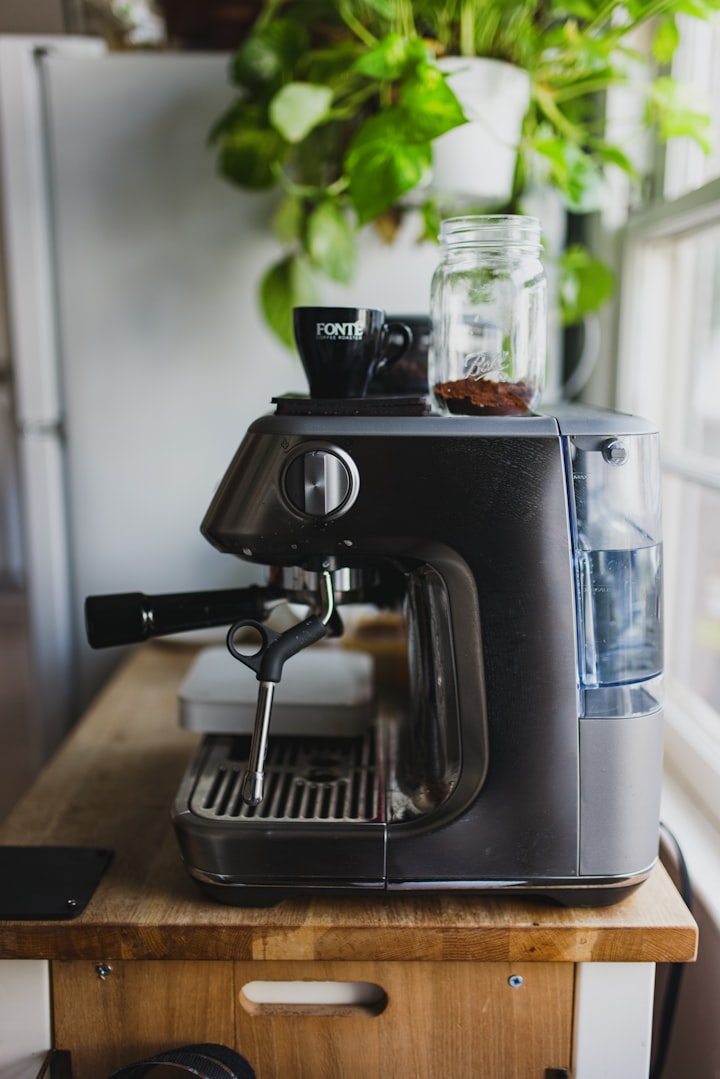The Hidden Life of Household Items
A Survey Dives Deep into American's Household Habits

In the vast expanse of household items, a recent survey conducted by Joybird has unraveled eye-opening insights into the astonishing duration Americans keep their essentials beyond their prime. This unintentional hoarding phenomenon is not a casual oversight but a complex interplay of emotional value, procrastination, and perhaps a lack of awareness about recommended replacement cycles. Beyond the overarching trend of retaining items 58% longer than recommended, specific items such as kitchen sponges and bed pillows have emerged as key items in this household saga.
Let's first delve into the heart of the kitchen, where the sponge becomes a silent witness to our habits. Typically recommended for replacement every two weeks, kitchen sponges in American households defy this advice, boasting an average replacement cycle of 7.6 weeks. This reveals that the average person holds onto their kitchen sponge for a staggering 5.6 weeks past its expiration date. The sponge, often overlooked in its importance, becomes a microcosm of our reluctance to part ways with daily hygiene and cleaning tools.
Bedrooms, too, harbor secrets of extended lifespans, particularly in the realm of bed pillows. Meant for a refreshing change every 2.6 years, these pillows, laden with the tales of countless dreams, persist in their roles for an astonishing 5.2 extra years. The survey unravels a pattern wherein the very items that contribute to our comfort become unwitting participants in our unintentional hoarding habits.
Venturing beyond the intimate spaces of kitchens and bedrooms, we encounter the longevity saga extending into unexpected corners. Toilet brushes, indispensable but often unnoticed, overstay their welcome by 11.4 months. Shower liners, tasked with keeping our bathing spaces pristine, linger for 5.4 months longer than advised. Even the sturdy wooden decks, designed to weather the elements, find themselves occupying outdoor spaces beyond their expiration date. The very fixtures that form the backbone of our living spaces subtly reveal our collective hesitation to part ways with familiar elements.
In addition to the revealing insights into kitchen sponges, bed pillows, toilet brushes, shower liners, and wooden decks, the survey unveiled a diverse array of household items that endure well beyond their suggested expiration dates. Take, for instance, the unsuspecting toothbrush. While recommended for replacement every three to four months, the average American clings to their toothbrush for an additional 1.6 months, emphasizing a trend of retaining even the smallest daily essentials.
Moving into the realm of electronics, the survey discovered that charging cables, vital for powering our numerous devices, often outlive their expected lifespan. Recommended replacements every two years are ignored by 62% of respondents, who admit to keeping their charging cables for an average of 3.8 years. This pattern reflects a reluctance to let go of seemingly inconspicuous yet indispensable items that contribute to our daily routines.
In the laundry room, fabric softeners emerge as unsuspecting accomplices in our unintentional hoarding practices. Intended for replacement every 12 months, these aromatic companions remain in our homes for an additional 3.2 months on average, showcasing a tendency to extend the life of items associated with our domestic rituals.
The survey also brought to light the longevity of smoke alarms, essential for ensuring our safety. While experts recommend replacements every 10 years, a staggering 22% of respondents admitted to having smoke alarms in their homes that are over a decade old. This revelation serves as a poignant reminder to prioritize the maintenance and timely replacement of critical safety devices within our living spaces.
The survey also delved into the realm of beauty products, revealing that 74% of makeup users retain products past their shelf life by over two years. This revelation underscores a broader pattern of holding onto items beyond their recommended replacement cycles, extending its reach into various aspects of our lives. Notably, 47% of respondents admit to having spices in their cabinets aged over five years, showcasing a penchant for retaining items that spice up our culinary endeavors.
It becomes evident that our habits of retaining household items are not just about negligence, but may involve a complex interplay of emotional value, procrastination, and perhaps a lack of awareness about recommended replacement cycles. The survey serves as a compelling reminder to reassess the lifespan of our possessions and, where necessary, bid farewell to items that have served us well but are well past their prime.





Comments
There are no comments for this story
Be the first to respond and start the conversation.